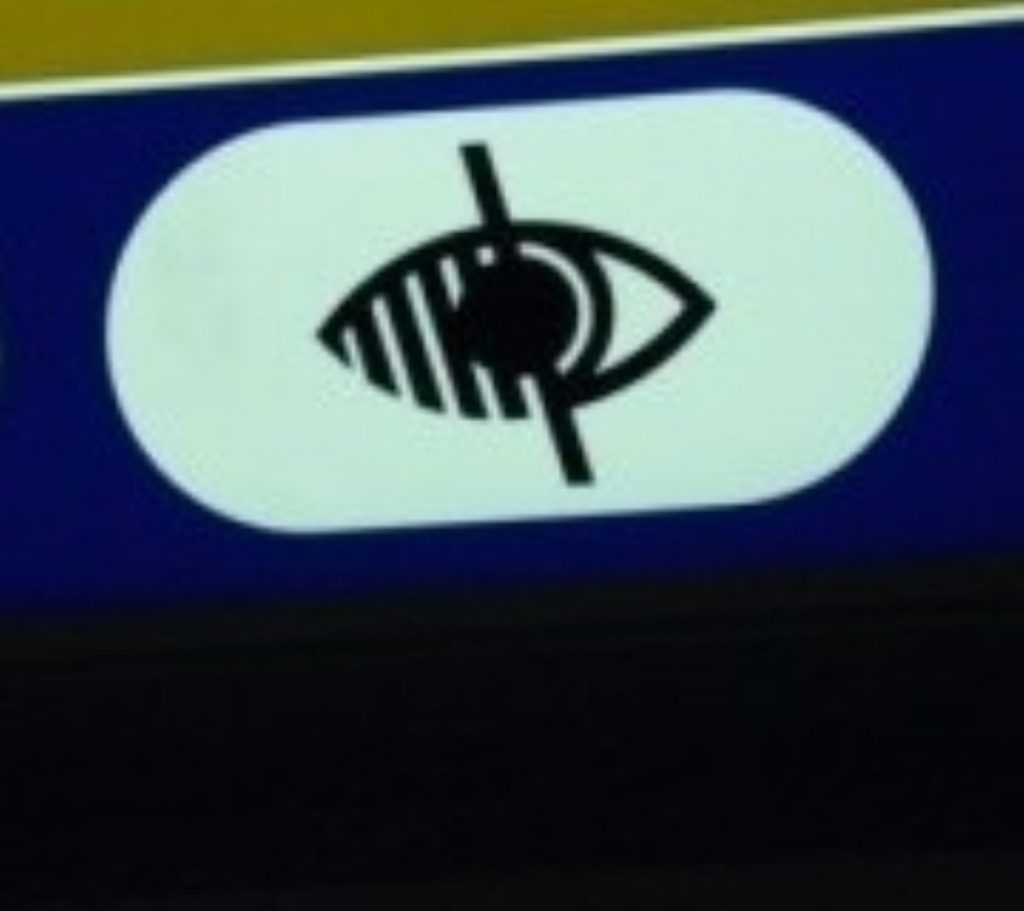Explanation offered for strange ‘half blind’ condition
A bizarre condition that causes patients to neglect half their visual world, now has an explanation, bringing hope of treatment to those afflicted normally after brain injury or stroke.
Patients are not blind in the classical sense, but just deny the existence of one side of space, even going as far as claiming ‘that’s not my arm’. They may eat only one half of a plate of food, or draw a picture of only half a tree.
Although the incidence of the condition is not known, the most common form is an inability to ‘see’ the left half of the field of vision and occurs in around 10% of patients suffering some form of trauma on the right hemisphere of the brain.
The condition has proven troublesome to medical science as, although patients cannot ‘see’ half their world, their eyes and many visual areas of the brain remain largely intact.


But now a team of scientists from Wake Forest University Baptist Medical Center has found an explanation, and they report in today’s issue of Nature that a brain area called the basal ganglia may be interfering with the operation of visual areas in the brain.
Using microelectrodes to monitor individual brain cells at work, the team tracked which types of cells communicated with each other and how, observing properties in these cells previously unseen by neuroscientists.
“We used electrophysiology to listen to these cells and we used neuroanatomy to determine who they talked to and what kinds of chemicals are in these particular cells.” Dr Huai Jiang explains.
Basal ganglia cells were observed to simultaneously enhance and suppress visual activity in important areas for visual reflexes and eye movements on both sides of the brain.
“We discovered a push-pull system in the basal ganglia that regulates activity on the two sides of the brain,” explains John McHaffie, associate professor of neurobiology and anatomy and senior author.
This arrangement is normally critically balanced, but when the visual cortex is damaged through brain injury or stroke, the stability of the system is disrupted.
“The brain can’t use the remaining parts of the visual system that are in fact there to use,” said Dr McHaffie.
Now the mechanism of the condition has been isolated, speculation can begin on potential cures and therapy approaches, and one likely aim will be to interrupt the action of the basal ganglia to allow the visual areas of the brain to work properly again.
The balance would be restored, and the visual neglect would disappear.
“The position of the basal ganglia in the brain is very central, and that fits into the idea that it is coordinating a lot of activity for any particular behaviour”, Dr McHaffie adds.












